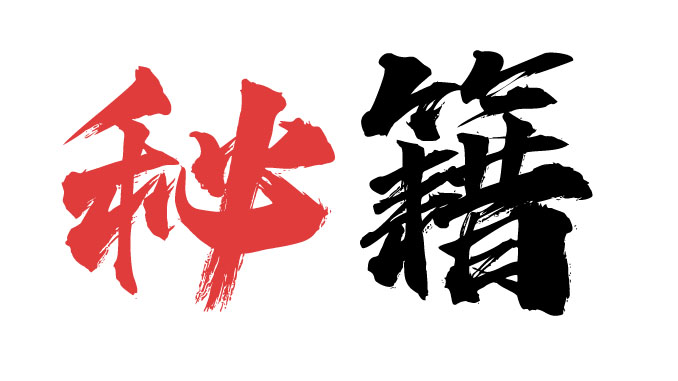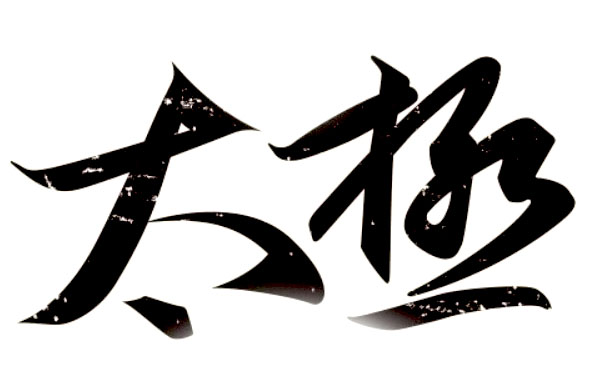Ancient Tai Chi manuals clearly state that all movements in Tai Chi are formed in response to the opponent's actions, thus lacking the fancy, bizarre, and complex proactive skills found in some external martial arts. In this sense, Tai Chi is actually simple and easy to learn. However, even the simplest actions can be challenging. For example, who can't walk? Everyone thinks walking is simple, but tightrope walking is essentially walking. How many people in the world can walk on a tightrope hundreds of meters high above a canyon? Hence, walking also involves difficulty and tricks.
Indeed, no matter how clear and straightforward the principles and techniques of any skill in the world, learning it involves difficulty and tricks; mastering any skill to a high level is even more challenging. Learning Tai Chi is naturally difficult and requires tricks, and for the average person, the difficulty can be quite substantial, even insurmountable for some, hence the saying, "Many practice, but few succeed." Can this situation be changed? Of course.


